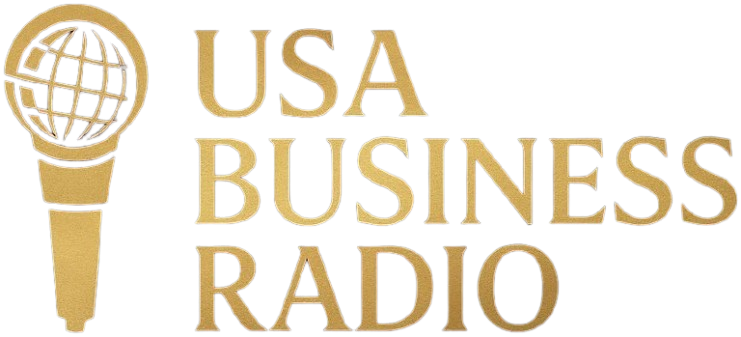One of the most common questions asked by anyone interested in starting a private label is “how much is needed to private label a product?” There are a lot of suggestions on the internet, with some comments stating that as little as $200 is enough while many others advising that an initial investment of at least $5000 is required. But the truth is, such unexplained numbers are rarely accurate as there is no context provided to back these dollar amounts.
A product is said to be private labeled when that particular product is manufactured by a third-party vendor and is retailed (or sold) under another brand’s name in both online and offline stores. Depending on how or with whom it is done, there are many kinds of costs that would likely vary for almost every person or company who is getting into this business. To properly find out the actual upfront investment that goes into private labeling a product, we need to delve deeper and figure out the main areas where the money would be spent.
Here, we will be providing you with a list that explains the vital aspects that need to be addressed when financing the private label of any product.
Finding a Manufacturer:
To start a private label business, you have to find the right manufacturer/s. That is assuming you have already done your research on the types of products you wish to sell. While this requires a lot of research, it also involves spending money to buy samples and travel to the factory for inspection. And you will have to do this – a lot! Obviously, this cost differs from person to person and depends on whether they choose an international manufacturer or one within the country.
Product Cost:
To sell a product through private labeling, you first need to buy it. Unless you possess mad negotiation skills or have already made your mark in the industry, it is very likely that you will be paying for your products upfront, at least for the first few orders. Once the manufacturer realizes you’re a return customer, you’ll have more leverage and can re-negotiate the terms of payment.
Shipping Cost:
If you have outsourced the production to an international company, you will need to ship it by land (in the manufacturer’s country), by sea or air (to bring it to your country), and finally by road (in your country). If you choose a factory within your country, you can just do it all by road. So, whether you choose a manufacturer overseas or one closer to home, you will need to ship your products from the factory with the help of shipping companies.
Package Design and Branding Cost:
In the meantime, you need to start the branding for your product. This step is as important as ensuring your products are of good quality. First, you need to figure out the story that you want to sell to your customers. Next, you need to come up with a logo that symbolizes the meaning of your brand. After that, you need to focus on the package design that sells your brand’s story. It would be a good decision to hire a professional graphic designer to help you out with the designs.
Warehouse, Shipping to Customer, and Customer Service:
Once your products arrive at the port of your country, you have to take it to a warehouse by road. You will also need to bear the cost of delivering the right product to your customers on time. After the product reaches your customer, you need to be quick and helpful while providing customer service. Amazon is an online retailer that takes care of all of this once you reach your products to an Amazon Fulfilment Center and make a listing on the online store.
Marketing Cost:
Involving strategy, optimized content, and money, marketing plays a massive role in the success or failure of any product. Successful marketing efforts are what makes any product visible, and the more the views, the more the sales. Active social media campaigns should act like a multi-pronged attack that focuses on selling the brand story and the product at multiple social media platforms at the same time. While marketing efforts typically use up a lot of money, the returns earned from the sales of the product are well worth it.
Miscellaneous Cost:
Along with the branding and marketing costs, there are other figures that could come into this calculation. During the initial launch of the product, if you plan to do a giveaway contest to impress and amass your first-time customers and reviews, you will need to incur those costs too. Or, for example, if you wish to have your own eCommerce website, you need to pay for the website hosting, website design, website content, product upload, and to achieve a batter SEO ranking for the website.
Now, these are just the main steps that you will come across when you plan to private label a product. When you calculate the amount of money that you will be spending at every stage, remember to add in a few hundred dollars to make up for any unforeseeable expenditure. Overall, it does add up to a sizable amount of money. But that’s the point: if you see this as a one-time buy, it would seem like quite a costly affair. However, if you see it as a long-term investment that harbors the potential to grow into a flourishing business, the cost wouldn’t seem to be too much of a problem.
A private label business is not a get-rich-quick scheme, but rather a relatively slower process that can yield big profits. Our advice would be to start with smaller products and slowing grow out your inventory and product list. Keep experimenting and trying out new ways to private label in a bid to further reduce costs. Private labeling is a market with high competition, but who knows? With determination and enough funding, your company could become the next million-dollar business.




